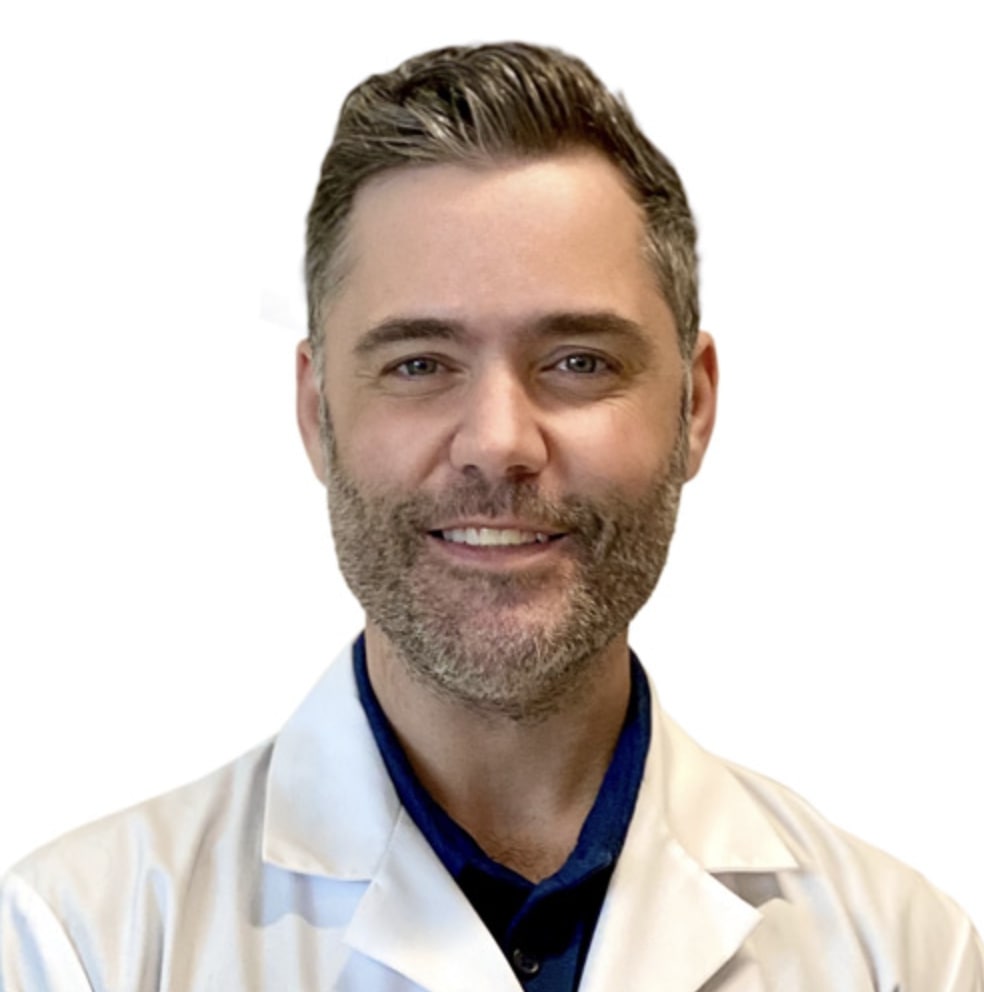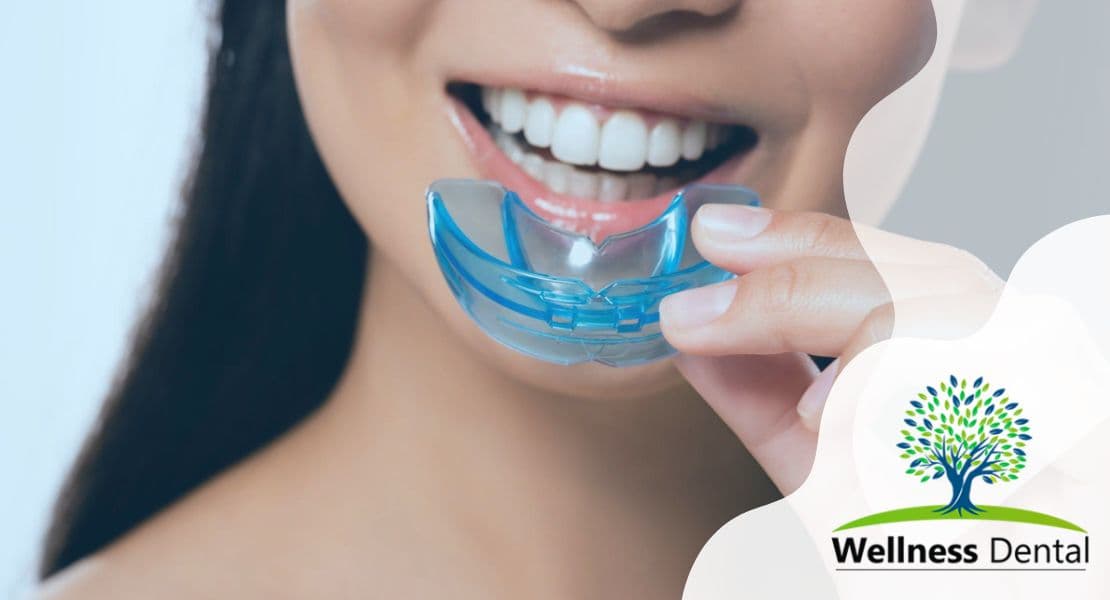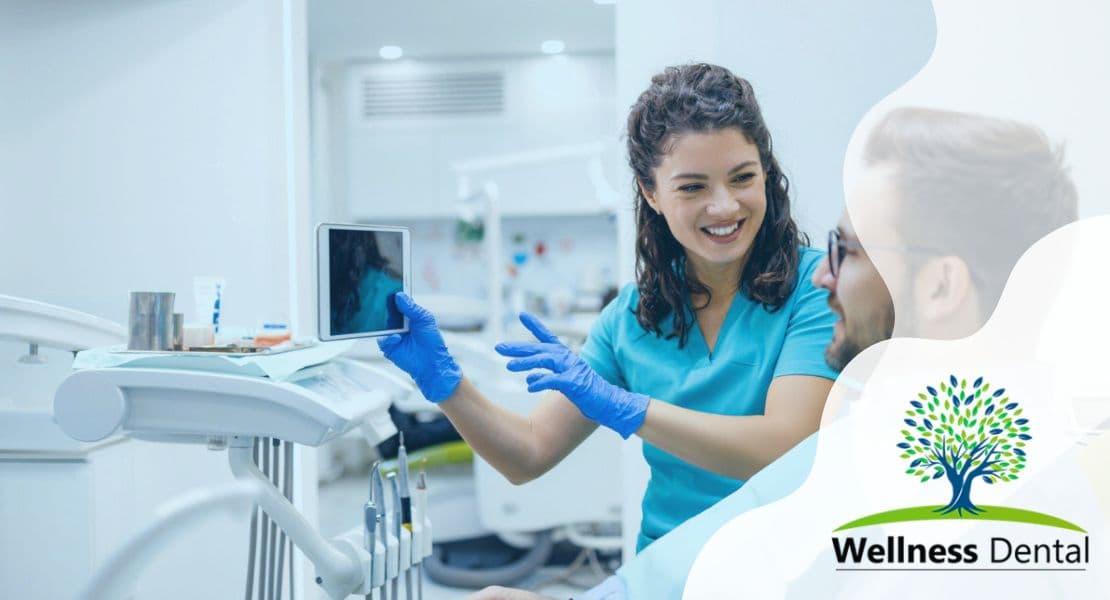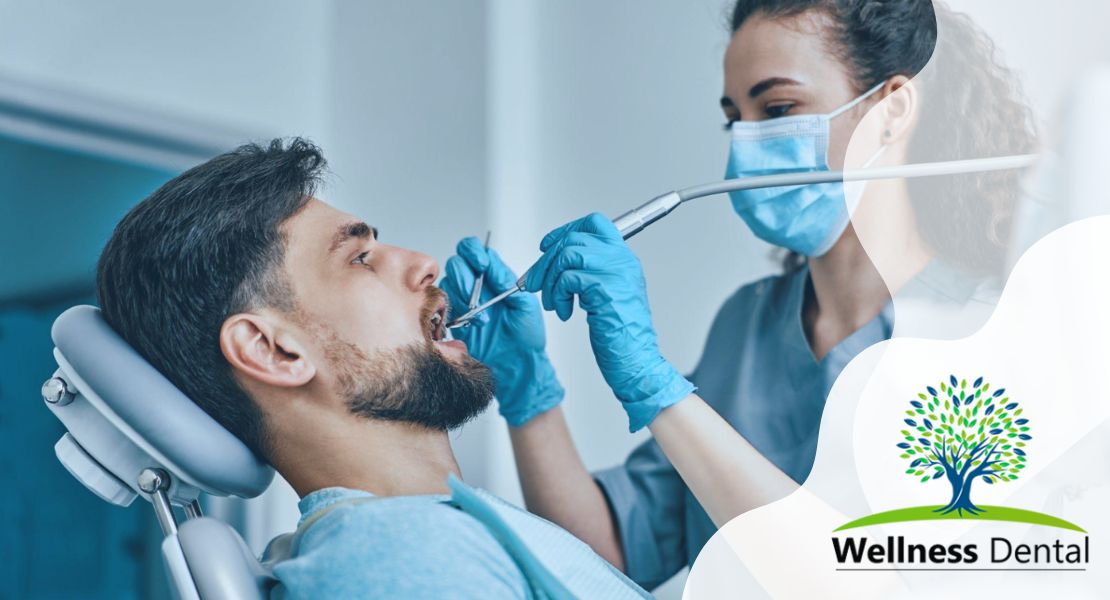An orthodontist is a dental specialist who focuses on correcting and preventing dental irregularities such as misaligned teeth and jaw alignment issues. Their primary responsibility is to accurately diagnose and treat these conditions to improve the overall oral health and appearance of their patients.
One of the primary conditions that orthodontists treat is misaligned teeth. They have the expertise to diagnose various dental problems such as overcrowding, overbites, underbites, crossbites, and open bites. By utilizing various orthodontic techniques and tools, orthodontists can effectively realign the teeth, improving both the functional bite and the aesthetic appearance of the patient’s smile.
Orthodontists use different treatments to correct these dental irregularities. One of the most common treatments is the use of braces. Braces consist of brackets, wires, and elastic bands that work together to gradually move the teeth into their desired positions. Retainers may also be used after braces treatment to maintain the teeth’s alignment.
Orthodontists receive additional training after completing dental school to specialize in orthodontics. This specialized training equips them with the knowledge and skills needed to address complex dental issues related to misaligned teeth and jaw alignment.
Additionally, orthodontists are skilled in supervising the facial growth and development of children. By monitoring the growth patterns of the jaws and teeth, orthodontists can intervene early if they detect any potential orthodontic problems. This enables them to guide the growth of the face and jaws, creating a more balanced and harmonious facial appearance.
What distinguishes a dentist from an orthodontist?
Dentists provide general oral care, including cleanings, fillings, and extractions, while orthodontists specialize in correcting misaligned teeth and jaw issues using braces, retainers, and other devices. Orthodontists undergo additional training after dental school to address complex alignment problems and guide facial growth and development.
At what age is it advisable to bring my child to the orthodontist?
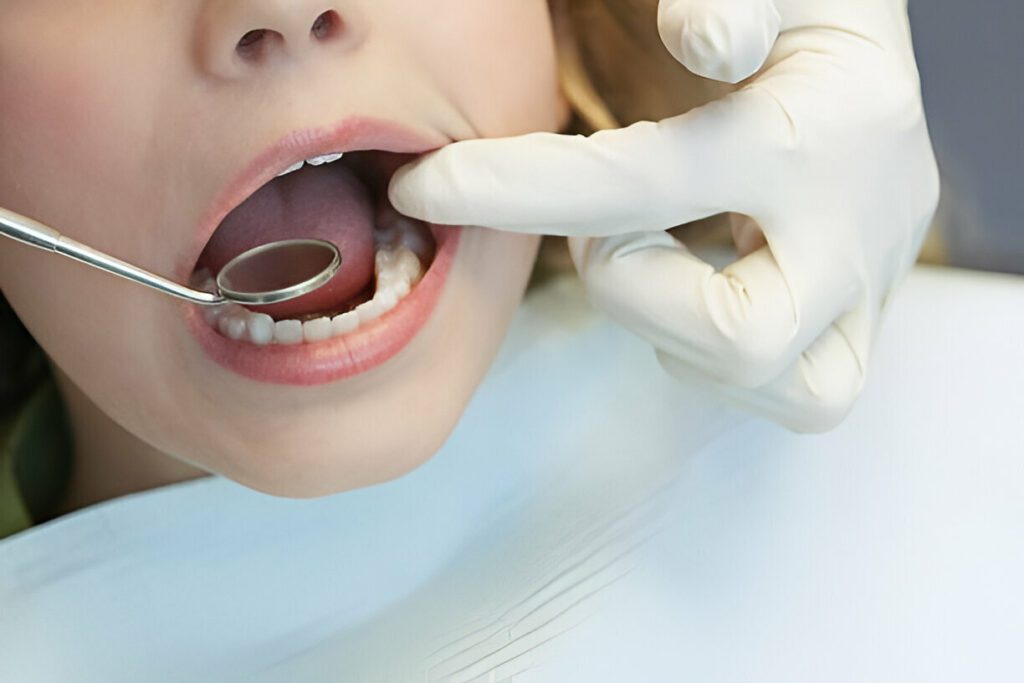
This question often arises in the minds of parents as they navigate their child’s dental health. It is crucial to understand the key reasons and benefits associated with getting your child to the orthodontist at an appropriate age.
The first visit to the orthodontist is recommended around the age of 7. This is because by this age, the child’s permanent teeth have typically started to come in, and any orthodontic issues can be identified and addressed early on. This visit allows the orthodontist to assess the child’s dental growth and development, as well as the alignment of their jaws and teeth. Detecting and treating any orthodontic problems at an early stage can prevent further complications and more extensive dental procedures in the future.
Early orthodontic treatment offers several benefits. It can guide the child’s jaw growth, correct improper jaw alignment, and create room for incoming permanent teeth. Additionally, it can address bite problems and correct misaligned teeth, improving the child’s overall oral health and preventing potential speech difficulties. These early interventions often lead to shorter treatment durations for comprehensive orthodontic care later in life. By addressing orthodontic concerns early, children can avoid more complex and costly dental procedures, such as tooth extraction or jaw surgery, in the future.
Typical orthodontic issues
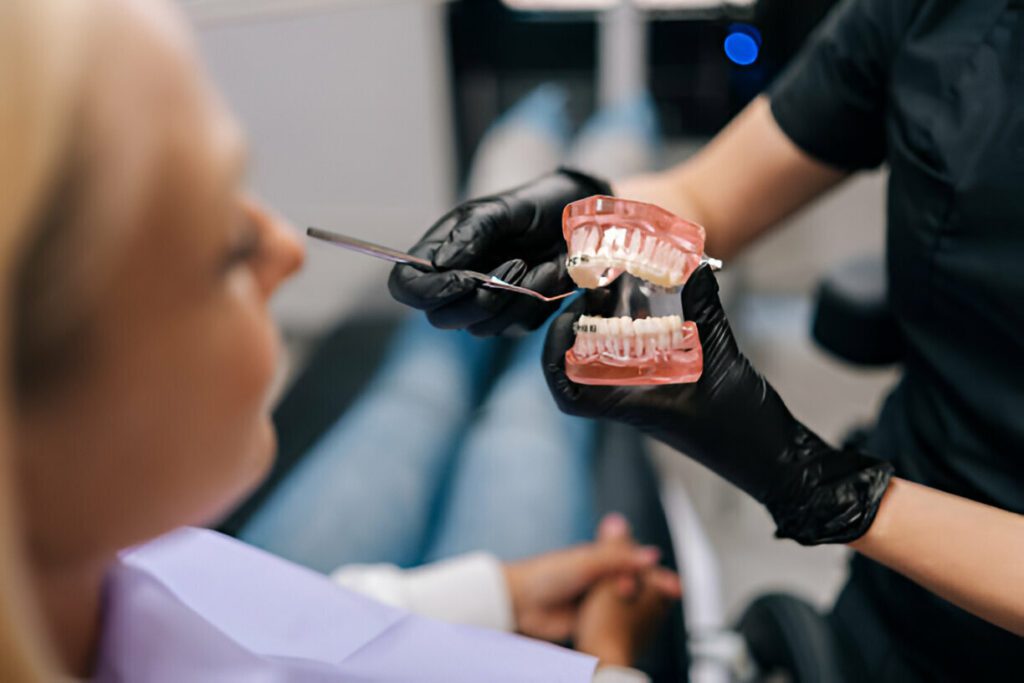
Orthodontic problems are common concerns that patients bring to the attention of orthodontists. These problems can vary in severity and can often affect one’s appearance and oral health. The following are some of the most frequently encountered orthodontic issues:
1. Overbite: An overbite occurs when the upper front teeth excessively overlap the lower front teeth. This can result in a protruding upper jaw and a receding chin.
2. Underbite: An underbite refers to the condition where the lower front teeth overlap the upper front teeth. This misalignment causes the lower jaw to extend forward, leading to a prominent chin.
3. Overlapping teeth: This issue occurs when certain teeth are positioned in front of or behind others. It can cause aesthetic concerns and increase the risk of tooth decay and gum disease due to difficulties in cleaning.
4. Crowded teeth: Crowding is a condition where there is insufficient space in the jaw for all the teeth to fit properly. This can cause teeth to twist, overlap, or become crooked, making it challenging to maintain good oral hygiene and possibly leading to tooth decay and gum problems.
5. Crooked teeth: Crooked teeth refer to teeth that are misaligned and do not have the proper positioning. They can cause difficulties in chewing, speaking, and cleaning, as well as impact one’s self-confidence.
Identifying these common orthodontic problems is crucial for orthodontists to understand the specific concerns and recommend appropriate treatments to align the teeth properly, improve function, and enhance the overall oral health and appearance of patients.
Who is not suitable for orthodontic treatment?
Individuals with serious dental issues, such as extensive decay or gum disease, should not undergo orthodontic treatment. These conditions can significantly impact the oral health of an individual, and it is crucial to address them before considering braces or any other orthodontic procedure.
Untreated extensive decay can weaken teeth, making them more prone to damage, and may lead to tooth loss. Similarly, gum disease causes inflammation and infection of the gum tissue, which can result in the loss of gum support around the teeth.
Before embarking on orthodontic treatment, it is essential to ensure that the teeth and gums are in optimal health. If decay or gum disease is present, the orthodontist will typically recommend treatment by a general dentist or periodontist to address these issues first.
Addressing serious dental issues prior to orthodontic treatment is vital because it ensures a stable foundation for the teeth being moved. It helps decrease the risk of complications during orthodontic treatment and promotes long-term oral health.
Can you provide some examples of orthodontic treatment?
Orthodontic treatment encompasses various procedures and techniques aimed at correcting irregularities in the alignment of teeth and jaws. Some common examples of orthodontic treatments include braces, clear aligners, headgear, and retainers.
Braces are the most widely used orthodontic treatment. They consist of metal or ceramic brackets bonded to the teeth and connected by wires. Braces gradually apply pressure to move teeth into proper alignment and correct issues such as overcrowding, gaps, and misalignment.
Clear aligners, such as Invisalign, are an alternative to braces. These custom-made, transparent trays are worn over the teeth and gradually shift them into the desired position. Clear aligners are removable, making oral hygiene easier and eliminating dietary restrictions.
Headgear is another orthodontic treatment used to correct severe jaw discrepancies. It is typically worn at night and works by applying pressure to specific areas of the jaw, guiding its growth and alignment.
Retainers are devices used after orthodontic treatment to maintain the corrected position of teeth. They can be removable or fixed to the back of the teeth, ensuring long-term stability.
Orthodontic treatments offer numerous benefits. Improved oral health is achieved by properly aligning teeth, making them easier to clean and reducing the risk of tooth decay and gum disease. Aesthetically, orthodontic treatment enhances the appearance of the smile, boosting self-confidence and improving overall facial harmony. Proper alignment also aids in clearer speech and pronunciation.
What are the advantages of orthodontics?
Orthodontics, the branch of dentistry that focuses on correcting misaligned teeth and jaws, offers numerous advantages that go beyond aesthetics. One major benefit is easier cleaning. Properly aligned teeth are easier to brush and floss, as there are no overcrowded spaces where plaque and food particles can become trapped. This reduces the risk of tooth decay, cavities, and gum disease.
Improved chewing is another advantage of orthodontics. When teeth are properly aligned, they function more efficiently, allowing individuals to chew their food more effectively. This not only enhances digestion but also reduces the strain on the jaw joint, preventing issues such as temporomandibular joint disorder.
Orthodontic treatment can also lead to improved speech function. Misaligned teeth can affect speech, causing issues with pronunciation and clarity. By aligning the teeth, orthodontics can correct these speech impediments, enhancing communication abilities.
Furthermore, orthodontics can greatly reduce the risk of cavities and gum disease. Crooked or crowded teeth can be challenging to clean properly, leading to a buildup of plaque and bacteria. This can eventually result in tooth decay and gum inflammation. By aligning the teeth, orthodontics helps to eliminate these hard-to-reach areas, thus reducing the risk of oral diseases.
Lastly, orthodontics provides the opportunity to achieve a beautiful, healthy smile. Straight teeth contribute to an attractive appearance and boost self-confidence. A beautiful smile can positively impact personal and professional relationships, leaving a lasting impression.
In summary, orthodontic treatment offers numerous advantages. Not only does it make cleaning easier and improve chewing and speech function, but it also reduces the risk of cavities and gum disease. Additionally, orthodontics can help individuals achieve a beautiful, healthy smile, enhancing their overall well-being.
What are the disadvantages of orthodontics?
One of the main disadvantages of orthodontics is the need for adherence to treatment guidelines and patience during the process, which can take up to two years or even longer. This means that individuals undergoing orthodontic treatment must be committed to following their orthodontist’s instructions diligently. They need to wear their braces or aligners for the prescribed duration, maintain good oral hygiene, avoid certain foods that may damage the appliances, and attend regular check-ups.
Another drawback of orthodontics is that the treatment time can vary for each individual. Factors such as the severity of the orthodontic problem, age, and compliance with treatment guidelines can influence the duration of treatment. It is crucial for potential patients to understand that their treatment may take longer than expected and to have realistic expectations.
To gain a clearer understanding of the potential drawbacks and specific expectations for orthodontic treatment, it is advisable to consult with an orthodontist. They are specialized professionals who can evaluate individual cases and provide personalized treatment plans and predictions for each patient.
What is the typical duration of results following orthodontic treatment?
After completing orthodontic treatment, the duration of the results largely depends on several factors. The first factor is the severity of the initial misalignment. Individuals with more severe misalignments may experience a higher likelihood of teeth shifting back into their original positions. Additionally, the age at which treatment is undergone plays a role, as younger patients tend to have more malleable bone structures that are less resistant to change.
Wearing a retainer is crucial for maintaining the results of orthodontic treatment. A retainer is a custom-made dental device that helps prevent teeth from shifting back into their old positions. It is typically worn consistently immediately following the removal of braces or other orthodontic appliances. Gradually, the duration of retainer wear can be reduced as time progresses, but it is still advised to wear the retainer for a lifetime, even if only a few nights a week.
Not wearing a retainer can have detrimental effects on the longevity of orthodontic results. Teeth have a natural tendency to drift back into their original positions over time. This is especially true during the first few months after treatment when the bone and gum tissue surrounding the teeth are still stabilizing. Additionally, factors such as aging, wisdom tooth eruption, and even tongue thrusting can contribute to teeth shifting. Failure to wear a retainer can result in the need for additional orthodontic treatment to correct the relapse.
In summary, the duration of orthodontic results is influenced by the initial severity of misalignment and the age of the patient. Wearing a retainer is crucial in preventing teeth from drifting back into their old positions. Neglecting to wear a retainer can lead to relapse and may require further orthodontic intervention.



